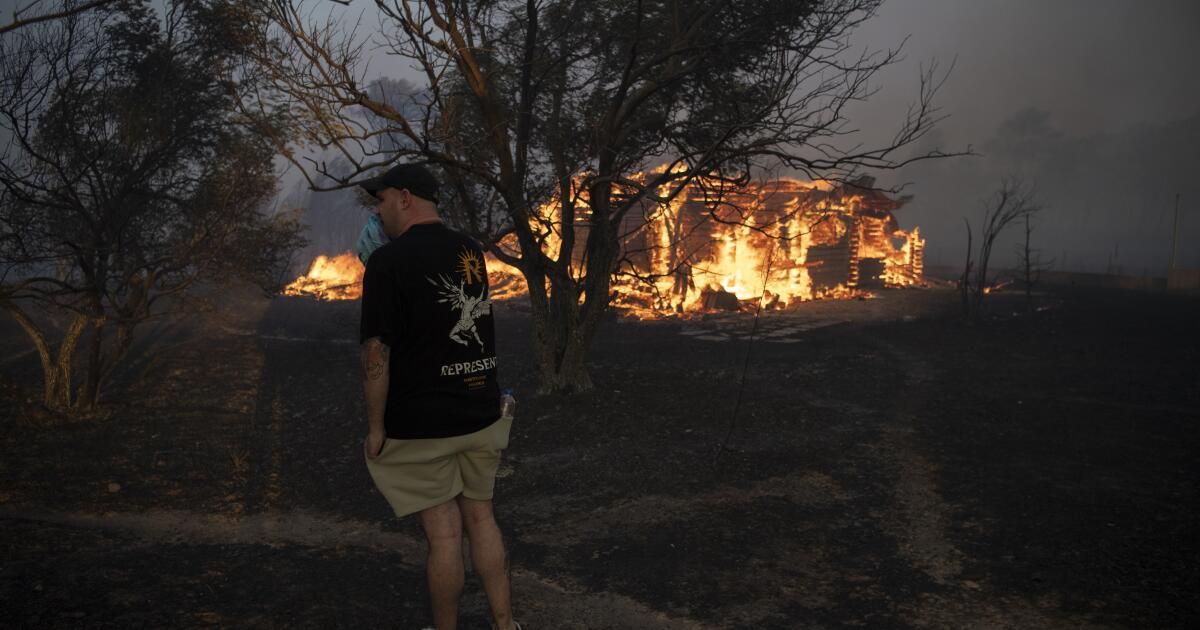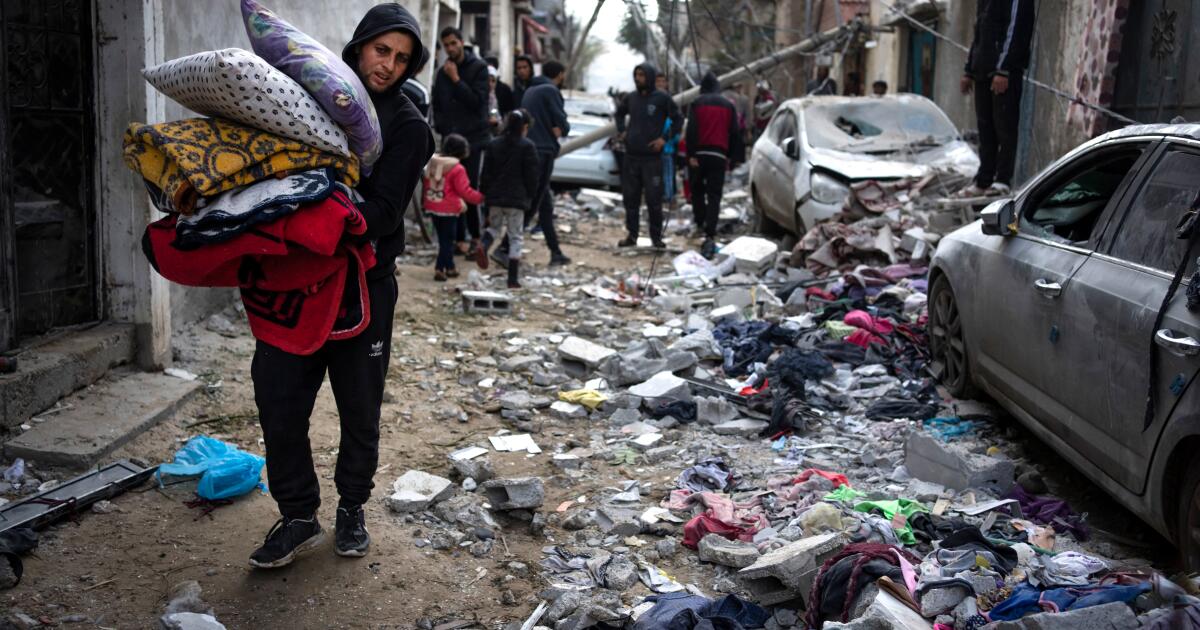As Greece tries to recover from the recent destructive wildfires in Athens, Southern Californians dealing with our own heat wave should take note of the pattern that made them possible. It should be well known by now: urban expansion into the interface between city and nature, where development collides with nature, the corresponding replacement of the area’s native grass, shrubs, and other plants with many more trees for shade, and then the pressure on the land from drought, record temperatures, and wind, intensified by climate change. The conditions that led to the worst wildfires in Greece this year, which burned 24,700 acres of land (156 square miles), Damaging more than 100 homes and causing at least one death, are also applied in Los Angeles.
The Athens fires date back to the 2004 Olympics. To prepare for the Games, Athens made major (and necessary) improvements to public transportation and highways and built a new international airport on agricultural land. Lax land-use regulations and a community eager to develop led to significant construction in suburban areas where flammable vegetation increased significantly over time. The flames that so fiercely threatened Athens this summer largely burned in this newly developed area. Limited fire precautions were taken, such as removing flammable trees or plants next to homes, closing off exposed eaves on homes, or grouping homes together to create a defensible space around them.
Prior to this development, the area was, like most of the southern European Mediterranean, covered by vegetation comparable to the chaparral that has long characterized southern California. It is a thick, leafy vegetation that is called garrigue or maquis in France and phrygana in Greece. Now that it is no longer used by the sheep or goats that were once grazed for milk and meat, it is considered trash vegetation that should be replaced by trees, preferably pines.
But phrygana is much more adapted to fire and more resistant to its worst potential than flammable pine forests. This change has not only reduced the protective diversity of vegetation, but also disrupts fire as a controlled natural phenomenon that has long been shaped by native vegetation.
Homes built in the heart of this landscape transformation are at risk of larger, out-of-control fires, just as they are in our own mountains.
In our region, we have exacerbated the situation with counterproductive attempts to manage vegetation, including destroying firebreaks (strips of land devoid of plants) that become breeding grounds for highly flammable undergrowth. We should be using controlled burns and, for landscaping around homes, growing chaparral that has many plant species that are not highly flammable. Instead, we pursue our ideas of aesthetic landscapes that often focus on flammable trees, undervaluing the shrubby, biodiverse vegetation that is often more appropriate to the climate and fire.
On a recent trip to the south of France, from Marseille to the Pyrenees, I came across (amidst an astonishing amount of wine grapes) rows of Aleppo pines carefully planted alongside houses, where there had once been a mix of scrubland and trees. Looking at it, all I could think of was how much the landscape encourages devastating fires, especially with increasing heat (and it was hot), drought and wind. In Athens, Marseille and Los Angeles, housing expansion is increasingly facilitating this dangerous pattern.
Trying to curb development on the fringes of places where housing is considered scarce—old urban centers like Marseille or Athens—is difficult. But such expansion not only invites fires, it creates traffic problems, habitat fragmentation, and ever-rising infrastructure costs. In California and the Mediterranean, few developments are denied on fire safety grounds. Some developers and authorities build fire stations, but without the resources to maintain them. They may claim that road infrastructure will be adequate for evacuations and that vegetation management will deter fires. So far there is no convincing evidence of such success. The only sector that seems to be concerned is insurers; companies have exited or restricted their participation in California's homeowners insurance market because of our susceptibility to fires.
How will we begin to address the latent disaster of these conditions, which have increased exponentially in recent decades? Even if implemented immediately, climate policy will not eliminate the risk of fires or completely reduce temperatures. Many homes have been built on the flammable periphery and humans continue to find ways to light fires, including, this summer, Pushing a burning car down a ravinewhich apparently sparked the park fire that has burned more than 400,000 acres. The Athens fire is believed to have started from a faulty power cablesimilar to the Campfire which burned more than 150,000 acres in California.
It is time to take a stronger stance not only against uncontrolled development in flammable areas, but also against the pursuit of landscapes that contribute to fire risk. The diversity of native vegetation in a place can justify the need for controlled fires.
Some fires remain unavoidable, especially as we face more hot days and droughts with ever-increasing temperatures. But we don’t have to cause further destruction through human folly. A new ethic is needed, one that recognizes that the development and vegetation we consider most desirable are not always best for the Earth and therefore for our survival.
Stephanie Pincetl is a professor at the UCLA Institute for Environment and Sustainability.












